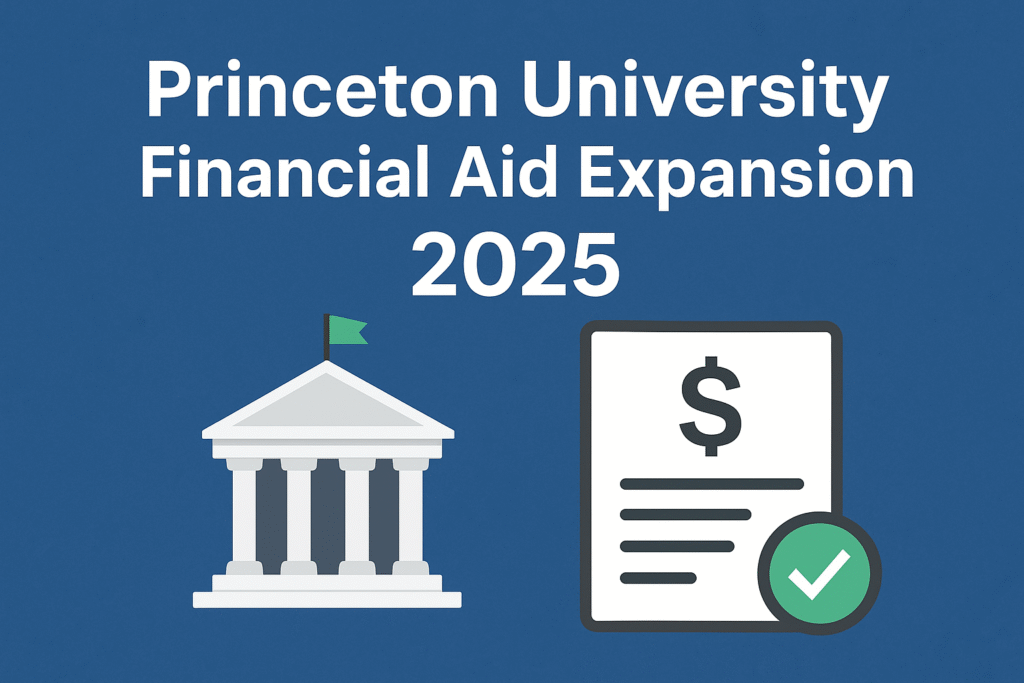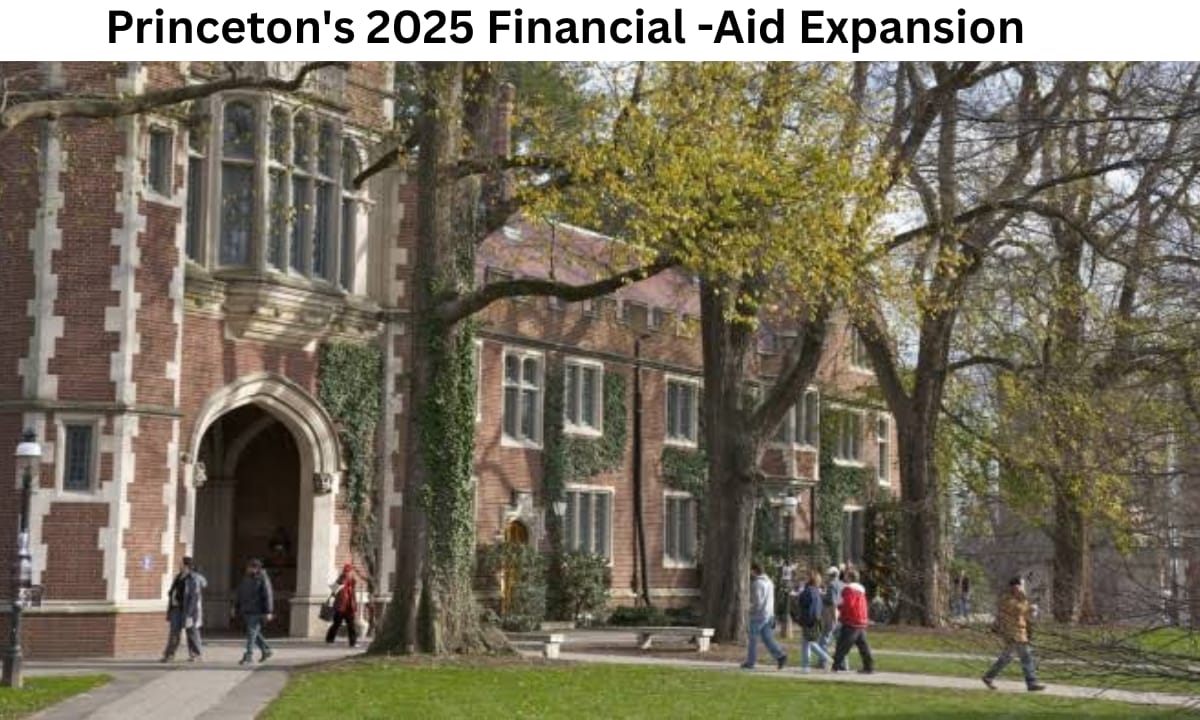A big shift in Ivy affordability
Princeton University has expanded financial aid again for the Class of 2029 and beyond, resetting expectations for what middle-income families can afford at a top Ivy. Under the new policy, most families earning up to $150,000 will typically see the entire cost of attendance covered (tuition, housing, food, books). In addition, most families up to $250,000 will pay no tuition, a threshold that was notably lower in prior years.
This isn’t a marketing tweak; Princeton says it will spend $327 million on undergraduate aid in 2025–26, up sharply year over year, to support the policy. Reporting around the announcement confirms the expanded $250,000 tuition-free line and the $150,000 full COA expectation.
What does “full cost of attendance” mean in real dollars

At elite schools, the COA can exceed $90,000 per year once you include tuition, room/board, fees, books, and personal expenses. For qualifying families ≤ $150,000, Princeton’s grant aid (no loans) is designed to neutralize that entire figure; families in the $150k–$250k range would still see tuition reduced to $0, with need-based grants helping on other expenses depending on circumstances.
Who benefits the most?
- Middle-income households are priced out of Ivies despite solid savings and incomes.
- Families with multiple kids in college; Princeton notes aid can extend even beyond $350,000 income in some cases when there are several college-aged children.
- Pell-eligible students: Princeton reports a rising share of lower-income students in the incoming class, reflecting broader access.
Why this matters nationally
Harvard and other elites have also expanded aid, but Princeton’s latest thresholds are among the most aggressive. For U.S. families who previously assumed “Ivy = unaffordable,” this is a genuine opening—and it may pressure peer institutions to keep pace.
How to estimate your Princeton net price (3 quick steps)
- Run Princeton’s net price estimator and input accurate household income, assets, and number of college students. It will model grants under the new rules. (Estimator linked from Princeton’s financial-aid pages.)
- Factor siblings: If you’ll have more than one student in college, note it—aid can change meaningfully.
- Update after acceptance: Your official package is calculated by Princeton’s aid office based on submitted documents (CSS Profile/FAFSA as directed).
Key caveats (read this)
- “Most families up to $150k pay $0 COA” and “most up to $250k pay no tuition” are typical outcomes, not guarantees—assets, savings, and special circumstances matter.
- Aid is grant-based (no loans), but work-study and summer contributions may still appear.
- The policy applies to eligible new and returning undergraduates; graduate programs use different aid models.
Bottom line
For many U.S. households, Princeton just moved from “impossible” to “plausible.” If your income sits anywhere at or below $250,000, you should run the estimator and apply—especially if you have multiple kids in college or notable need factors. The upside under the 2025 policy is substantial.
Disclaimer: Scholarship and financial aid policies change over time, and individual awards vary based on official needs analysis. Always verify current rules, eligibility criteria, and deadlines on Princeton University’s official financial aid website before applying. The website owner holds no responsibility for the information provided in this article; please use your own discretion before applying.
